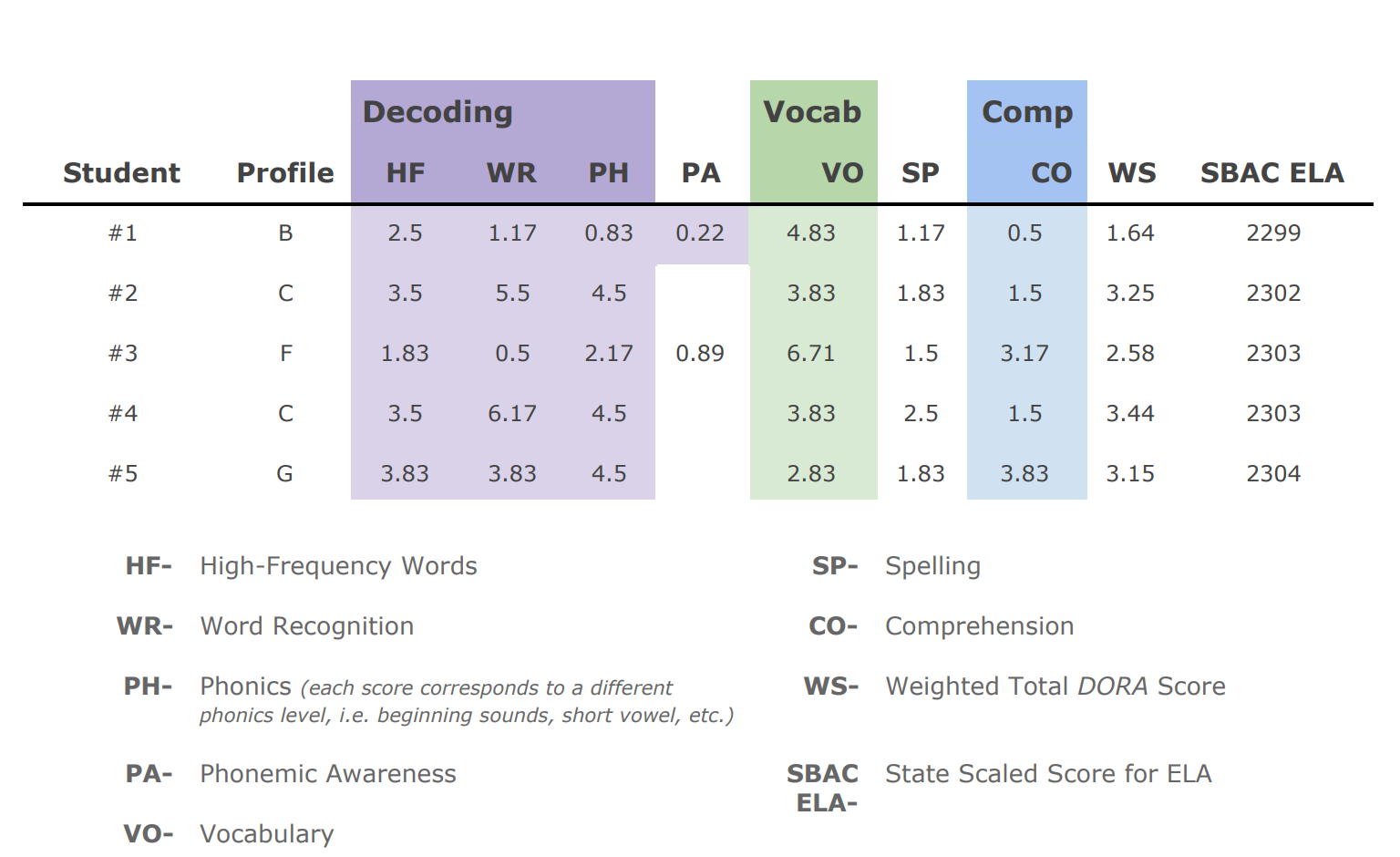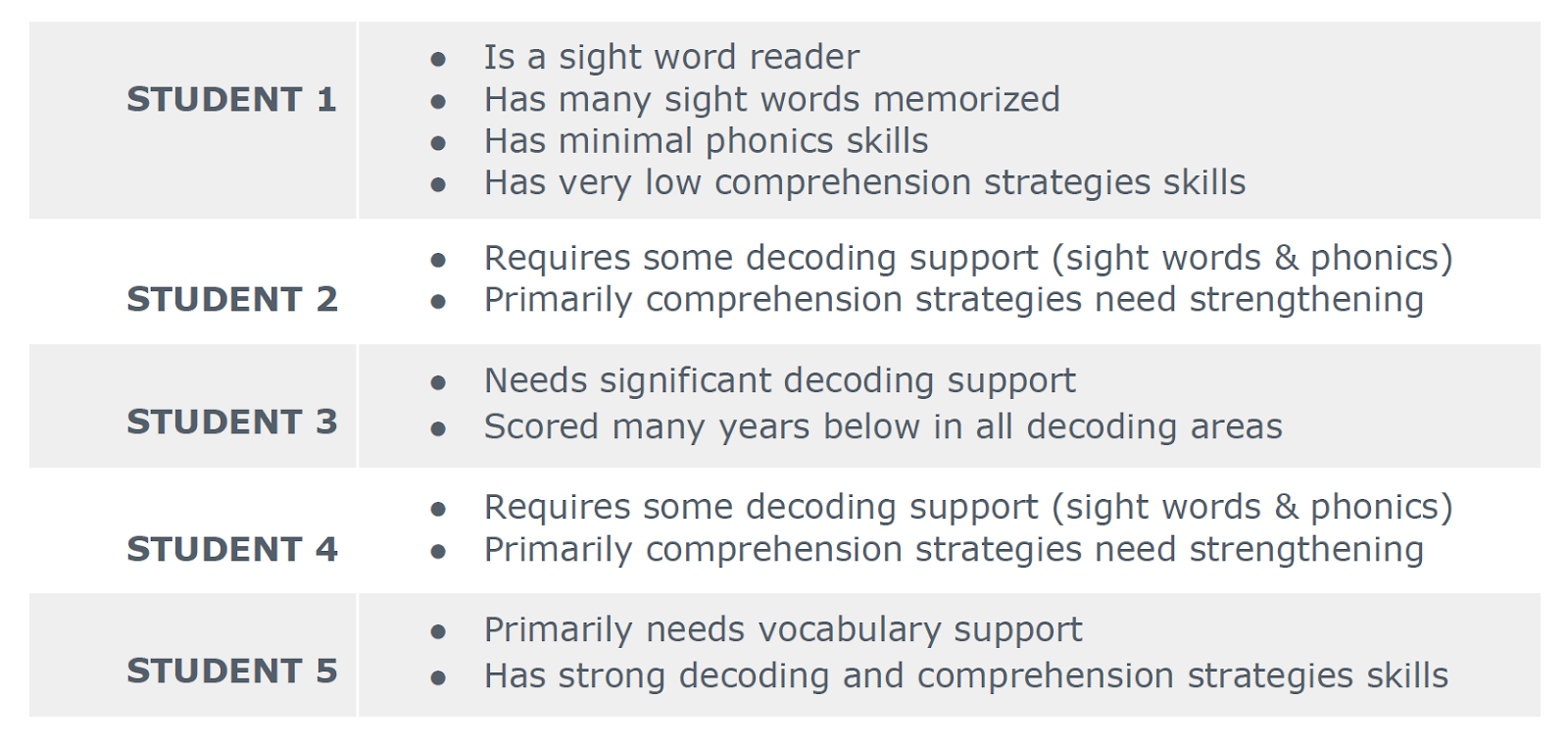“If schools do not take action, experts warn, the career opportunity gaps that already exist will grow even wider.”
Standardized Assessments Again Required
After a one-year hiatus, the Department of Education’s Ian Rosenblum announced on February 22nd that all states must use standardized assessments “to help target resources and support to the students with the greatest needs.” Chalkbeat’s Matt Barnum reported that mixed reviews immediately greeted the requirement. Critics argue that test administration is a waste of valuable teaching time and point out that uneven distribution will create an inaccurate picture of the post-pandemic state of education. Do standardized assessments actually assist schools in helping the students with the greatest needs?
Standards Assessments Measure the Distance to the Goal–Not How to Get There
Let’s Go Learn’s research analyst chose five students who received an approximate scaled score of 2300 on the SBAC. SBAC uses the scaled score to assign a level to each student, and any student scoring below 2367 is assigned Level 1 (Level 3 is considered proficient). What do the teacher, parent, and student learn about ELA performance from the scaled score of 2300? Precisely this — all five students are in the lowest-performing group. That’s it. Not only is the information load abysmally low, but the impact becomes a downward spiral toward a self-fulfilling prophecy of continued poor performance for struggling students.
Next, the Let’s Go Learn researcher took these same five students and administered the LGL ELA/Reading diagnostic. What do the teacher, parent, and student learn from our present grade-level data? As indicated in the chart that follows, they will be able to see every student’s classroom group and present grade level in each of the foundational reading skills. This is a startling advantage when compared to the SBAC scaled score–one that guides differentiated instruction and provides a benchmark that measures growth.

Putting Priority on Supporting Learning over Accountability
Given the urgency of identifying students’ learning gaps in order to accelerate achievement means that testing needs to be diagnostic. Diagnostic tests can be summative, but summative measures are not diagnostic. Looking at the five students again, we see that multiple measures together can lead to a prescriptive analysis. See the table below:

Using granular data, the teacher can begin differentiating instruction, work with parents to suggest home interventions, or target scaffolding before whole-class instruction. Better yet, students know where they are starting and can measure progress as teacher instruction and Let’s Go Learn’s lessons offer learning opportunities designed at the student’s zone of proximal development.
Education Week’s special report, Equity and the Future of Work, warns of a future where pandemic learning loss might negatively impact not only the academic success of struggling students but their careers as well: “If schools do not take action, experts warn, the career opportunity gaps that already exist will grow even wider.”


Leave A Comment